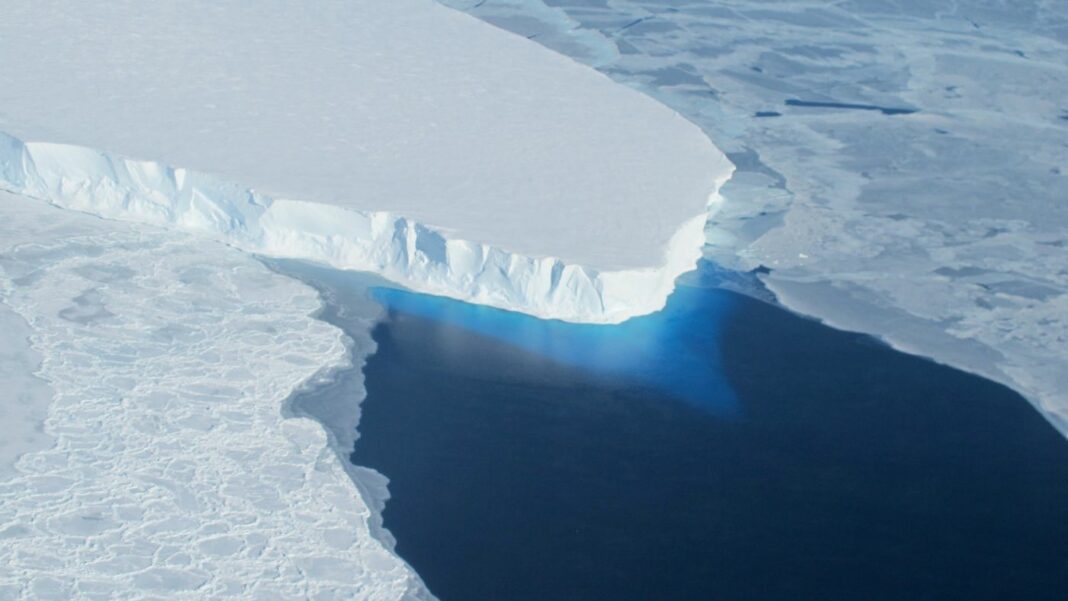The “Doomsday Glacier” in Antarctica could thaw out in a matter of decades — or centuries — and release enough water to raise sea levels by several meters. To estimate how the Thwaites Glacier faces global warming, a study led by New York University seeks to understand its real state.
Previous research has already pointed out that the Thwaites Glacier, located in West Antarctica, may be crossing its tipping point. This means that its melting tends to increase more and more without any chance of reversing this situation.
Atmospheric scientist David Holland, leader of the research, said the glacier could melt in a matter of decades or centuries, “and the only way to really know that is through this research,” he added. He and his team now travel aboard an icebreaker to get that answer.
Want to stay on top of the best tech news of the day? Access and subscribe to our new youtube channel, Kenyannews News. Every day a summary of the main news from the tech world for you!
According to Holland, the research will focus on gaining a deeper understanding of the glacier in order to assess the rate at which it is melting and its impact on the oceans — in particular, what is happening near the ground line, where glacial ice meets. the bottom of the sea.
Doomsday Glacier
The research work will consist of drilling the ice with hot water to analyze conditions below the glacier. In addition, the team’s scientists and engineers will use small unmanned submarines to obtain readings such as temperature, salinity and currents.
The temperature of the waters below the glacier is one of the most important data to obtain, because if it is above 0 °C, the melting rate will be faster and faster. Still, the ice block can break up into smaller pieces, which will be carried out to the open sea — and here there is no turning back.
A recent study found that the massive A-68A iceberg, which broke off the Larsen-C ice shelf in Antarctica in 2017, has already released 152 billion tonnes of fresh water into the local sea.
The melting of these ice floes not only threatens coastal cities as global sea levels rise, but is already impacting local life. Therefore, understanding how this process is happening is essential to preserve this ice that is so important to the Earth’s climate.
